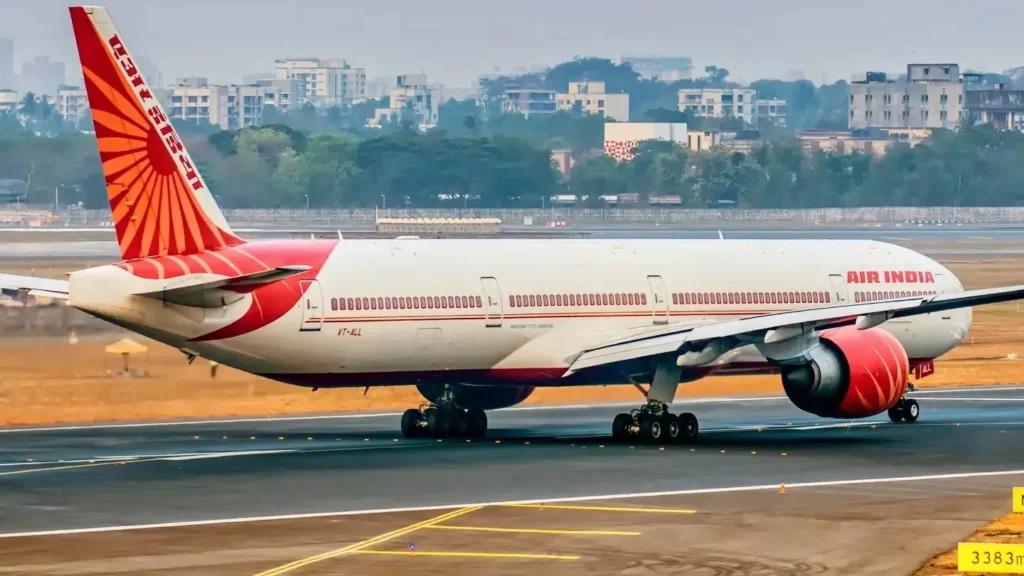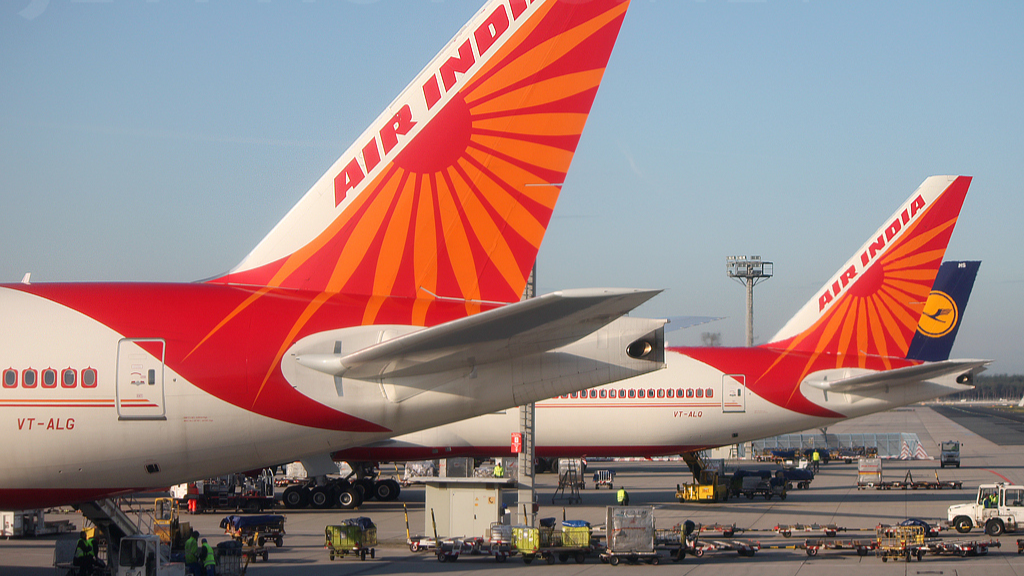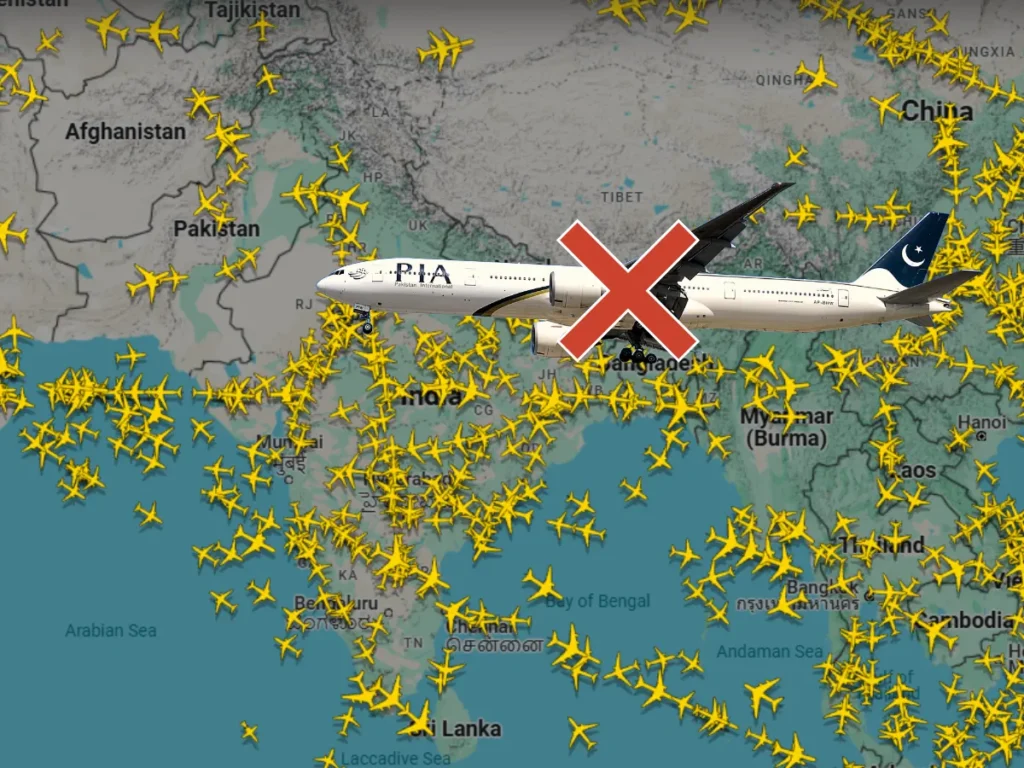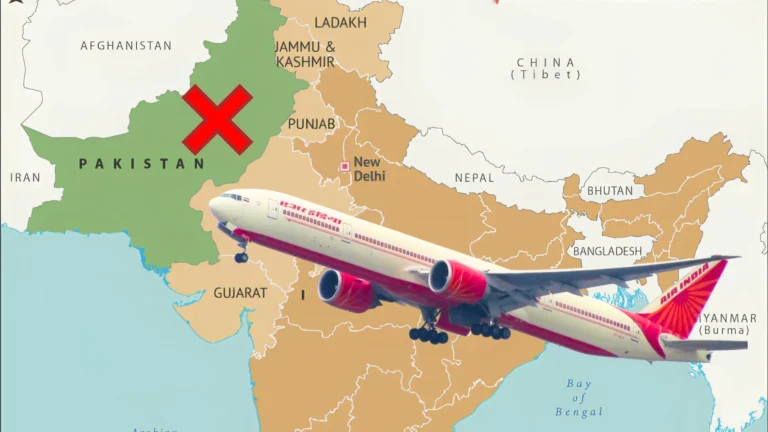DELHI- Air India (AI) has begun routing select North America-bound flights through Mongolian airspace, seeking to offset increased operational costs caused by the ongoing closure of Pakistan’s airspace (ISB).
This rerouting affects flights departing from Delhi’s Indira Gandhi International Airport (DEL), particularly those heading to the United States and Canada.

Air India US and Canada Flights
Affected services include Air India flights to San Francisco (SFO) and Vancouver (YVR), with some operations now also requiring a technical stop in Kolkata (CCU).
The adjustments are part of the airline’s broader response to regulatory restrictions and fuel efficiency concerns.
Air India, owned by the Tata Group, operates 71 weekly flights to North America, 54 of which depart from New Delhi (DEL).
Due to Pakistan’s closure of its airspace to Indian carriers on April 24, 2025, the airline has adopted alternative flight paths for its long-haul routes to destinations such as Chicago (ORD), New York (JFK), Washington (IAD), San Francisco (SFO), Newark (EWR), Toronto (YYZ), and Vancouver (YVR).
According to data from Flightradar24 confirms that flights AI174 (San Francisco–Delhi) and AI186 (Vancouver–Delhi) have recently utilized Mongolian Airspace.
This new routing primarily affects flights operating on the Pacific corridor and aims to minimize the impact of detours that would otherwise require costly European stops.
Adding a technical halt in Kolkata (CCU) allows Air India to maintain operational flexibility without incurring the high costs of refueling or crew changes in European airports.
These adjustments also help the airline remain compliant with India’s Directorate General of Civil Aviation (DGCA) rules on Flying Duty Time Limitation (FDTL), which restricts crew work hours on ultra-long-haul flights.

Impact on Airline Operations
The closure of Pakistan’s airspace, following India’s retaliatory measures after the Pahalgam terror attack, has disrupted flight patterns for Indian airlines. Air India faces longer routes, increased fuel consumption, and more pressure on aircraft availability and crew duty cycles.
Under DGCA norms, flight crews may only operate for a maximum of eight continuous hours. For long-haul flights exceeding 14 hours, such as Delhi–San Francisco, airlines must deploy two sets of crew. By incorporating technical stops within India, Air India can seek DGCA approval for extending crew duty time without breaching regulations.
Avoiding European stops reduces exposure to high landing fees and additional fuel burn, thereby improving cost efficiency. These measures are critical for sustaining the viability of ultra-long-haul operations during extended periods of restricted airspace.

Executive Remarks
Air India MD and CEO Campbell Wilson addressed the developments in a staff communication dated May 2, confirming that the airline has temporarily adjusted routes to Europe and North America.
He noted the introduction of new technical stops and emphasized the company’s progress in restoring direct operations by identifying viable alternatives.
Sources within the airline report that further contingency planning includes evaluating Indian cities like Kolkata (CCU) as domestic stopover points, minimizing international layovers, and reducing associated costs.

Geopolitical Tensions
The closure of Pakistan’s airspace came shortly after the April 22 Pahalgam attack, which claimed 26 lives.
India responded by banning Pakistani airlines from using its airspace starting April 30. Both nations have since signaled a pause in cross-border hostilities, but airspace restrictions remain in effect.
Such geopolitical tensions have a direct impact on aviation logistics and economics. Airlines must adapt swiftly to maintain service levels while managing higher costs, altered crew schedules, and regulatory compliance.
Stay tuned with us. Further, follow us on social media for the latest updates.
Join us on Telegram Group for the Latest Aviation Updates. Subsequently, follow us on Google News

